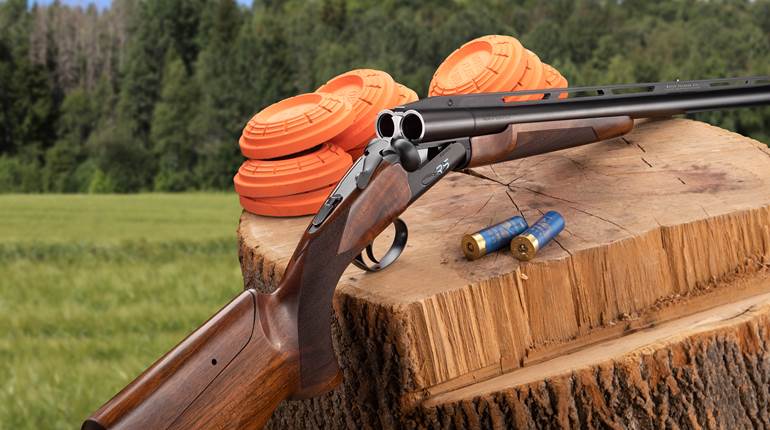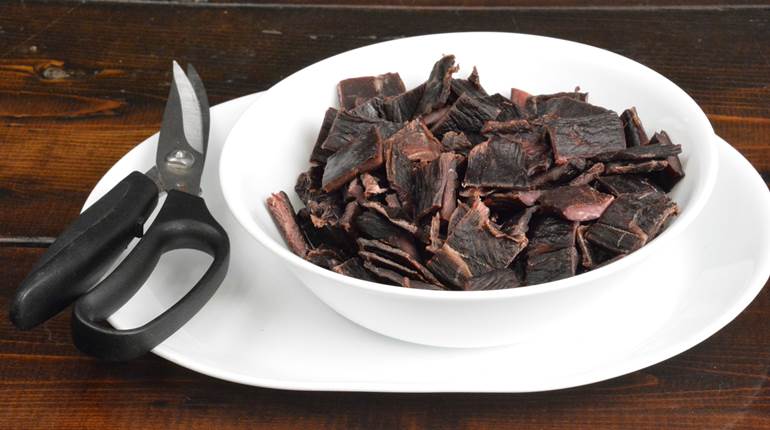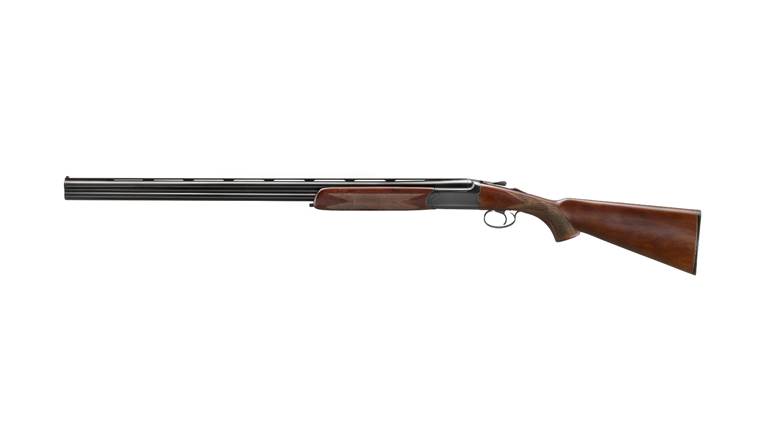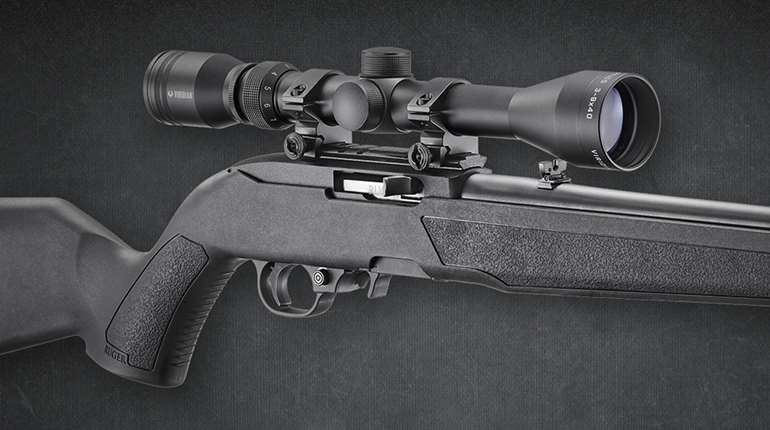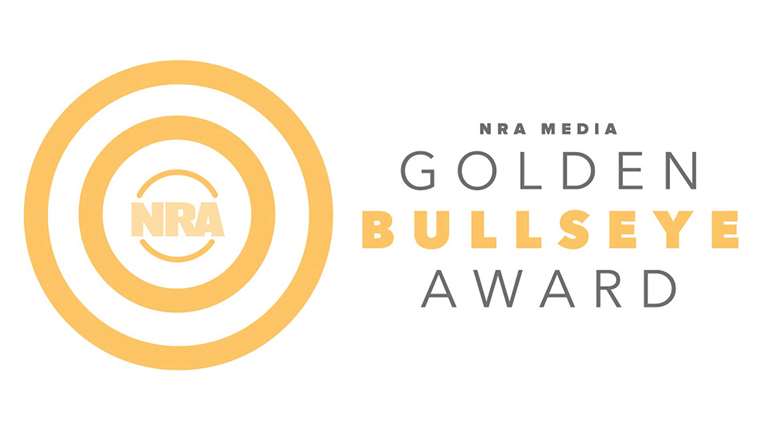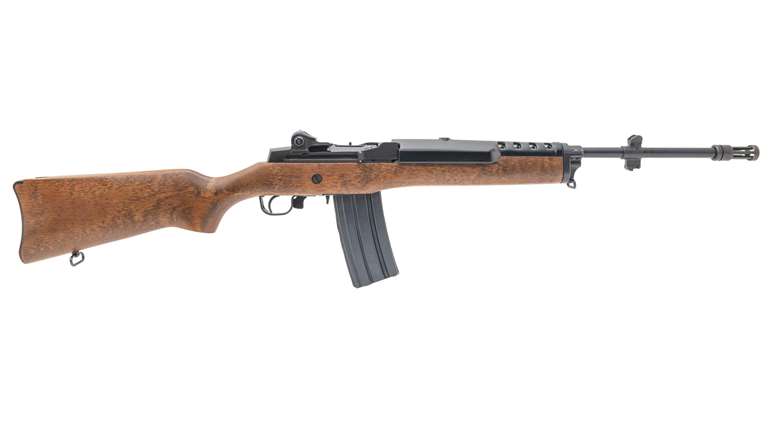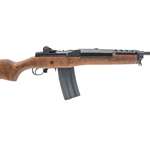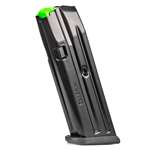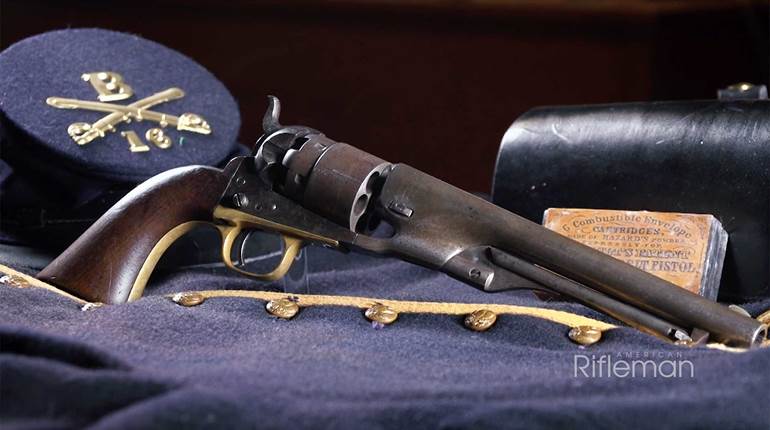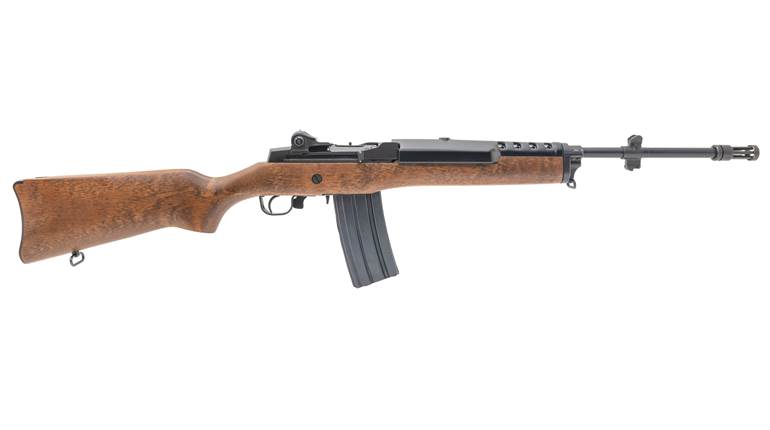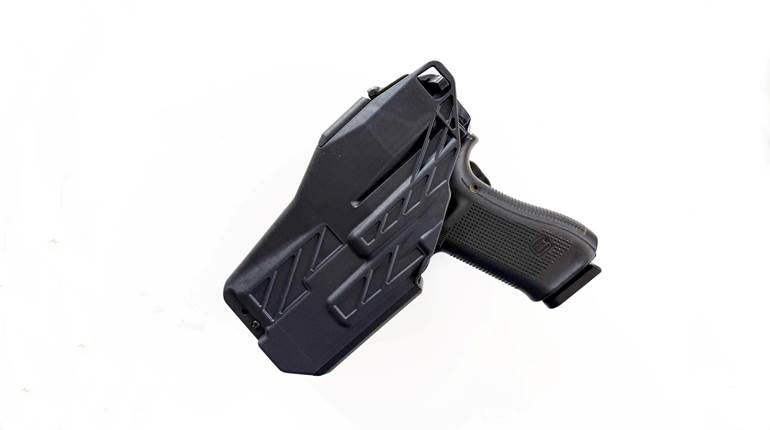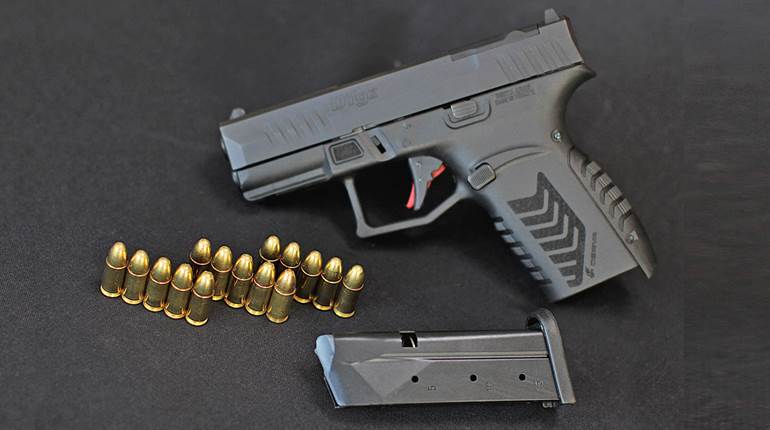![2010930164413-201092813404-prairiestorm_f[1].jpg](/media/uoqfi4qu/2010930164413-201092813404-prairiestorm_f-1.jpg?anchor=center&mode=crop&width=987&height=551&rnd=132615949505130000&quality=60)
In 2007, Federal changed the rules with steel shot when the company introduced Black Cloud ammo. The concept was to fix the pattern problems that are associated with steel shot. Steel tends to clump in the middle and leave the outer fringes of the pattern skimpy. So the Federal engineers designed a new pellet with a belt they call “FlightStopper” (FS). Most people describe the pellet as looking like the planet Saturn. The different aerodynamics of this pellet design caused it to fly differently than normal steel pellets and to migrate out in the pattern to fill the holes in the edges.
An unexpected side effect was the increased killing power of these new pellets. It became apparent to hunters, including myself, that Black Cloud killed waterfowl much better and faster than conventional steel. Sure, some of that was due to better patterns, but most of it was because of the superior terminal performance of the new belted pellets.
So, of course, Federal started looking at other areas where this technology could be applied. The result is this year’s introduction of Prairie Storm upland game ammo.
Prairie Storm uses lead pellets, but with a twist. Federal added belted lead pellets they are calling Flightstopper Lead. The buffered shot is 70 percent copper-plated lead shot and 30 percent nickel-plated FS Lead belted pellets. They put these in the tried and true, rear-braking FlightControl wad that was developed for turkey hunting, which has migrated to waterfowl and now upland ammo as well. This solid wad does not have slits in the cup and it is not designed to open up like a conventional wad. Instead it has “wings” that pop out in the rear once the wad is free from the shotgun barrel. These wings create drag and pull the wad back away from the shot column. The result is much tighter and more consistent downrange patterns. “We realize that many pheasants are shot at 15 or 20 yards as well as at long range,” Federal’s Tim Brandt told me. “So we wanted to ensure that the patterns with Prairie Storm ammo were not any tighter up close than conventional shotshell ammo. But at the same time, we wanted to maintain pattern density for longer-range shots as well. By using this mix of shot we achieved that goal. We found that 11/4 ounces of No. 4 shot would put 75 percent of the pattern in a 30-inch circle at 40 yards with a modified choke. So you don’t have to switch to a tighter choke in the late season when the birds are getting skittish, which can make you miss those close birds.”
The concept is that you will have even, edge-to-edge patterns that open early, but maintain pattern density for longer range. When that is coupled with the added terminal performance of the new nickel-plated, FS Lead pellets, the result is a deadly upland shotshell load. While the target market is pheasant hunting, I can see how this load will work well for a wide range of upland hunting for the larger bird species. There is a decided lack of pheasants in Vermont where I live, but I am planning to put Prairie Storm ammo to use for late-season grouse in the fall, and next winter while hunting snowshoe hares with dogs.












